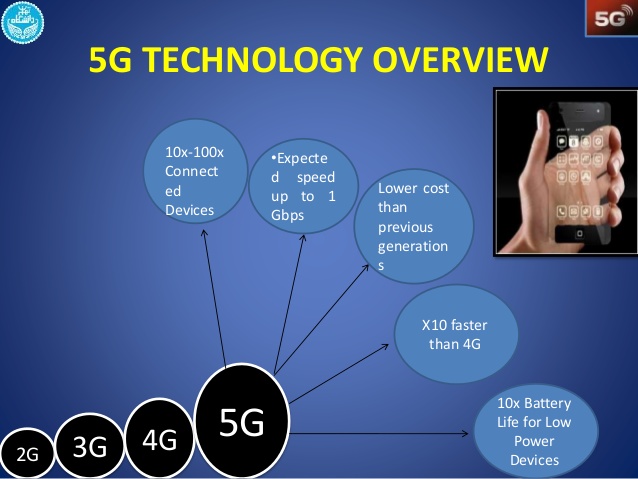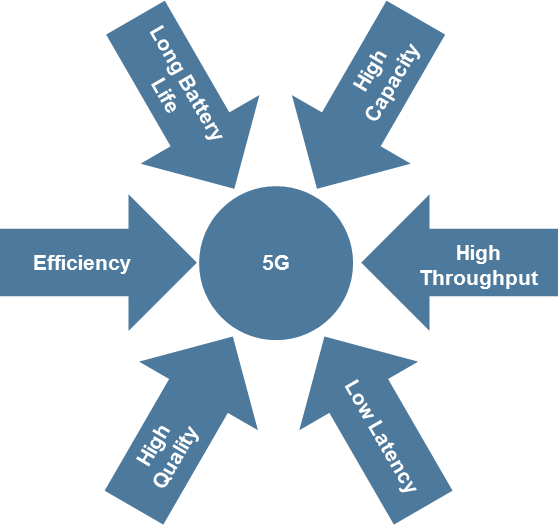There is a strong tendency to override 5G, said Vodafone CTO Johan Wibergh at the Huawei Global Mobile Broadband Forum (HWMBBF) in London. The expectations of 5G are partially too big, on the other hand, many applications could also be implemented with LTE. He recalled that mobile phone generations are usually around 10 years up to date you can not say what will be possible in 2030 with 5G. Wibergh made a clear statement about UMTS: the 3G mobile phone network of Vodafone should be shut down in Europe from 2020.
4G Evolution and 5G New Radio
Many features that are currently often attributed to the next generation 5G mobile phones are easily possible with LTE, according to Vodafone CTO Wibergh. Gigabit speeds, very low latency times and IoT are easily possible with the latest LTE Advanced Pro (4.5G) networks. This is achieved by technologies such as 256QAM modulation, Massive MIMO antenna technology and bundling frequency ranges via carrier aggregation. Nevertheless, 5G offers tangible advantages, of course: with additional radio spectrum (“New Radio”), first in the range around 3.5 GHz, extremely high bandwidths become possible, for example. According to Wibergh, 5G is also about 10 times more cost-efficient than LTE.
UMTS will be switched off from 2020
A very interesting statement made by Vodafone CTO Wibergh on the topic of UMTS: the 3rd mobile generation should be switched off gradually in Europe from 2020, even before GSM/2G. The radio spectrum can be used much more efficiently with LTE or 5G.
The shutdown of 3G is unlikely to be noticeable to users, on the contrary, the transition to new technologies will be fluid. Vodafone uses its previously used exclusively spectrum in the range of 2100 megahertz for UMTS frequency, partly for LTE. This is likely to be the case more often in the future, as long as Vodafone acquires spectrum in the 2100 MHz range at the next frequency auction.

